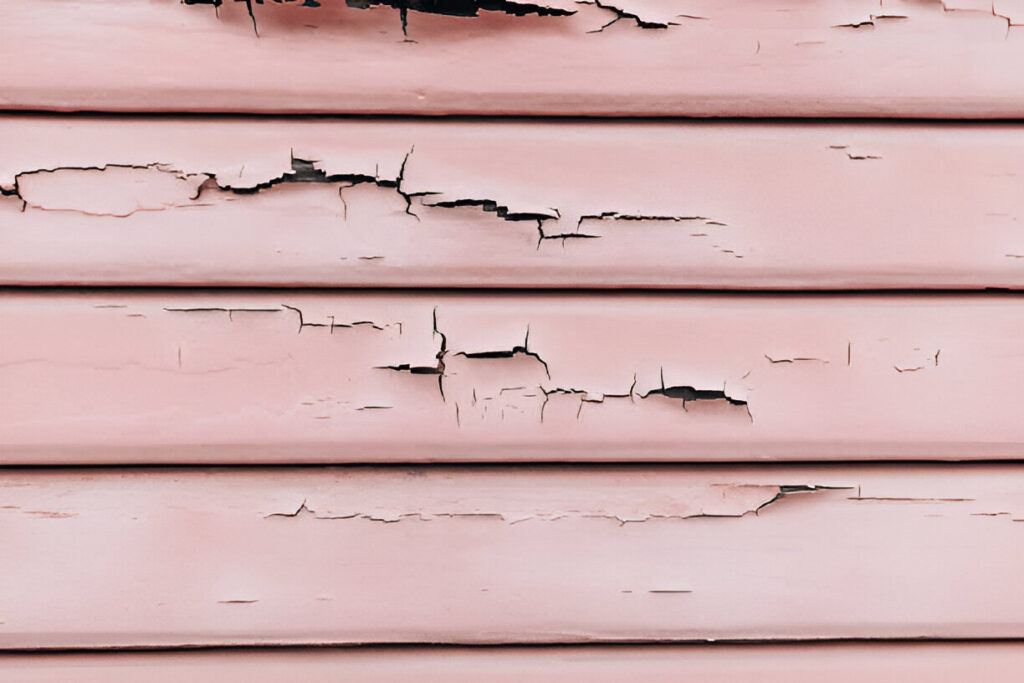If you’re buying an older home, especially one built before 1978, lead paint testing is something you can’t afford to overlook.
Older homes may have been painted with lead-based paint, which, while common back then, is now recognized as a serious health risk.
We’ll walk you through why lead paint testing matters, how it affects your health, and what you can do if lead is found in your home.
Read this blog to learn why lead paint testing is important.
Why Is Lead Paint Testing So Important?
Before 1978, lead was commonly used in residential paints. Lead helped the paint last longer and look better.
Today, however, we’re better aware of the risks. According to the EPA, homes built before 1978 are at risk of containing lead-based paint, and 38 million homes in the U.S. still have it.
Lead paint might be out of sight, but it can still pose a health hazard, especially if it’s disturbed.
1. Health Risks of Lead Exposure
Lead poisoning is a serious condition, especially for children and pregnant women. Even low levels of lead exposure can lead to problems like:
- Developmental delays in children
- Learning difficulties and behavioral changes
- Kidney damage and high blood pressure in adults
The CDC has found that no level of lead exposure is safe, and its effects can be long-lasting. Children under 6 are particularly vulnerable because they’re more likely to ingest lead dust or paint chips, putting them at greater risk for harm.
Lead exposure doesn’t just come from obvious sources, like paint chips. It can also come from dust that’s created during renovations.
2. The Risks During Renovations and Home Improvements
Planning to remodel? Or maybe you’re just giving your kitchen a fresh coat of paint?
In older homes, any kind of renovation, whether it’s scraping, sanding, or removing old wallpaper, can disturb lead-based paint, releasing toxic lead dust into the air. If you’re unknowingly working with lead paint, it’s easy to spread that dust into your home, increasing the risk of exposure.
Testing for lead paint before you start any renovations is critical. It helps you know exactly what you’re working with so that you can take the proper steps to protect yourself and your family.
How Does Lead Paint Testing Work?
While it may seem like a hassle, testing your home for lead paint is pretty straightforward when you hire a professional.
Here’s how it usually goes:
1. Visual Inspection
The first step is a visual inspection. While this doesn’t directly detect lead, it helps pinpoint areas that may need closer examination, like walls that are chipped, peeling, or showing signs of damage.
2. XRF Testing
One of the most reliable methods to test for lead is X-ray fluorescence (XRF) testing. This technology doesn’t damage the surface of your walls and gives immediate, accurate results. It uses X-rays to detect lead levels in the paint layers without having to scrape or sample the paint. It’s fast, non-invasive, and widely considered the gold standard in lead paint detection.
3. Swab Testing
In some cases, a swab test is used to check for lead. This involves using a swab to collect a small sample from a painted surface and applying a solution that changes color if lead is present. While effective, this method isn’t as detailed as XRF.
What Happens If Lead Paint Is Found?
If your testing comes back positive for lead, don’t panic! There are several ways to manage the situation:
1. Lead Paint Removal
If you’re looking to get rid of the lead paint for good, professional removal is the way to go. This process involves safely stripping off the old paint and replacing it with something safer. While it’s thorough, it can be a bit time-consuming and expensive.
2. Encapsulation
If removal sounds like too much of a hassle (or just not in your budget), encapsulation is the next best option. This is a protective coating that seals in the lead-based paint and prevents dust from being released into the air. It’s a safer and more affordable option, but it’s not a permanent fix.
3. Regular Maintenance and Cleaning
Whether you go for removal or encapsulation, keeping your home clean is key to managing lead risks. Regular cleaning, especially in areas that are high-traffic or prone to dust accumulation, can keep lead particles from spreading.
Also Read: Can Lead Paint Be Dangerous Even If It’s Not Chipping or Peeling?
A Healthier Home With Lead Paint Testing
Buying a home built before 1978 means facing certain hidden risks, and lead paint is one of the biggest.
It’s easy to assume everything is fine, but lead exposure can have serious, long-lasting health effects, especially for young children.
At Manhattan Lead, we provide accurate lead paint testing and expert advice on how to address any issues. Don’t wait until a problem gets worse. Get in touch today and take the first step toward a healthier, safer home!




